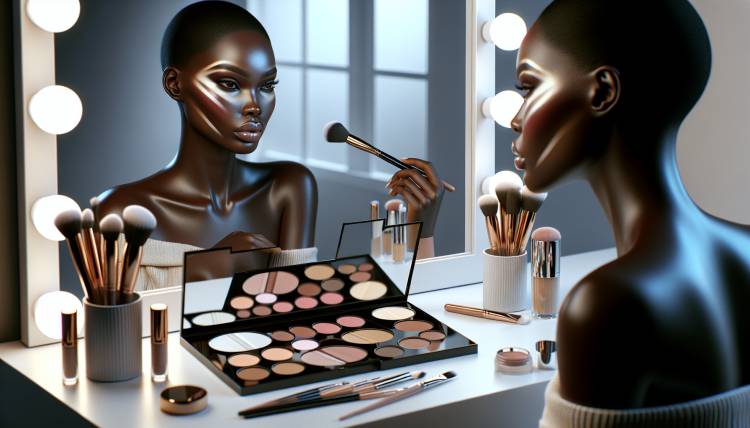
Mastering the Art of Contouring
Contouring is a makeup technique that has taken the beauty world by storm in recent years. It involves using different shades of makeup to create shadows and highlights, sculpting the face and enhancing its natural structure. While it may seem daunting at first, with the right tools and techniques, anyone can master the art of contouring.
Choosing the Right Contour Products
When it comes to contouring, the key is to choose the right products for your skin tone and type. Opt for a matte bronzer or contour powder that is a few shades darker than your natural skin tone. For highlighting, a concealer or a light, shimmery powder works best.
Mapping Your Face
Before you start contouring, it's important to understand the natural structure of your face. This will help you identify the areas where shadows and highlights should be applied. The most common areas for contouring include the hollows of the cheeks, the jawline, the sides of the nose, and the forehead.
Techniques for Different Face Shapes
Each face shape requires a slightly different contouring technique to achieve the most flattering results. Whether you have a round, square, oval, or heart-shaped face, there are specific methods for contouring that will help enhance your features and create a more balanced look.
Blending and Finesse
Blending is crucial when it comes to contouring. Harsh lines and unblended makeup can ruin the effect, so take your time to blend the contour and highlight products seamlessly into your skin. Using the right tools, such as a damp beauty sponge or a soft, fluffy brush, can make all the difference in achieving a natural-looking contour.
Contouring for Different Occasions
From everyday makeup to special events, there are different levels of contouring that can be applied. Whether you want a subtle, daytime contour or a more dramatic, evening look, understanding how to adjust your contouring technique for various occasions is essential.
Final Thoughts
Contouring is a versatile makeup technique that allows you to sculpt and define your facial features. With practice and patience, anyone can learn to contour like a pro and elevate their makeup game to the next level.
